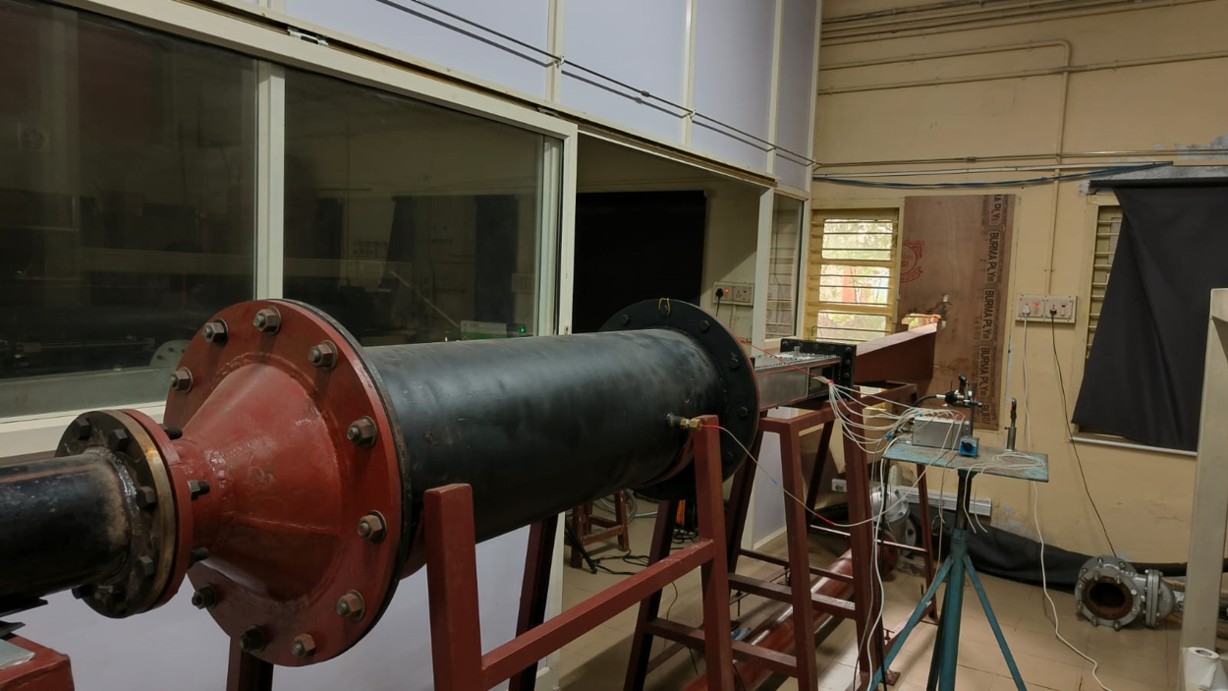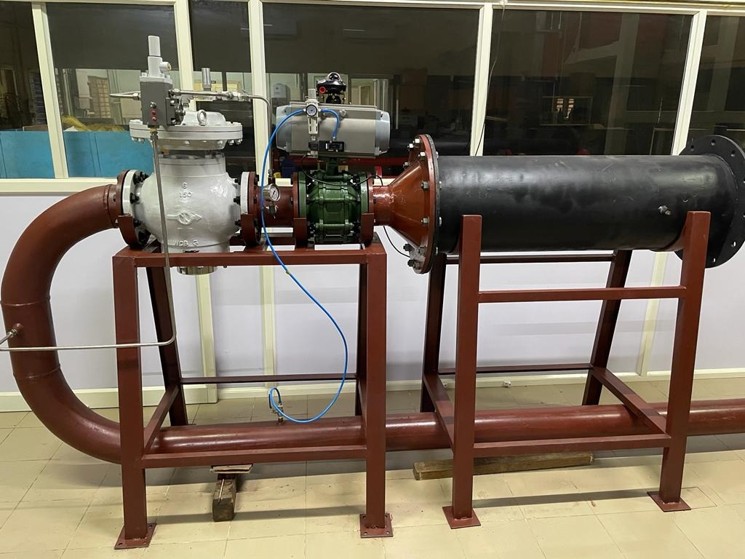.png)
.png)
The aero-ballistic range accelerates projectiles to supersonic speeds using a high-pressure tube (HPT), pump tube (PT), and launch tube (LT). Thin plastic diaphragms (OHP sheets) separate the HPT and PT, while a 0.9-1.2 mm scored aluminum diaphragm separates the PT and LT. The High-Pressure Tank (HPT) is pressurized to a range of 10–30 bar, causing the rupture of the plastic diaphragm. This action drives a piston within the Pressure Tube (PT), subsequently generating pressures on the order of 200–300 bar. The elevated pressure leads to the rupture of the aluminum diaphragm, thereby initiating the projectile motion within the Launch Tube (LT). The projectile in the LT is accelerated to high velocities , with flow fields captured via time-resolved schlieren or shadowgraph techniques. The range supports tests on shock-shock interactions, projectile-flow field dynamics, unsteady supersonic/transonic aerodynamics, and blast and bullet impacts on metal structures.
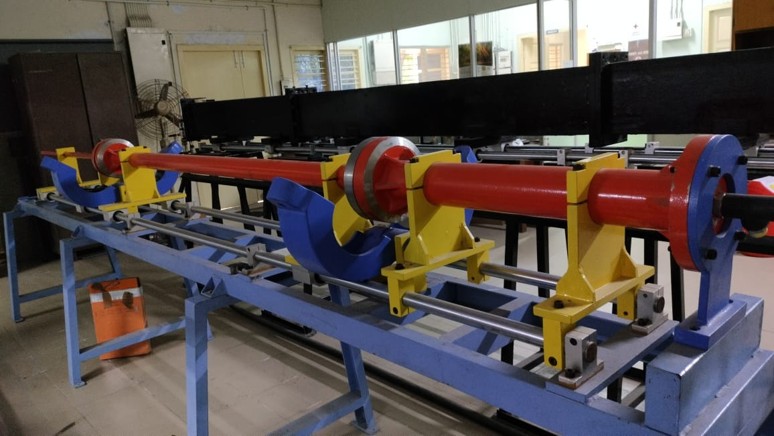
.jpg)
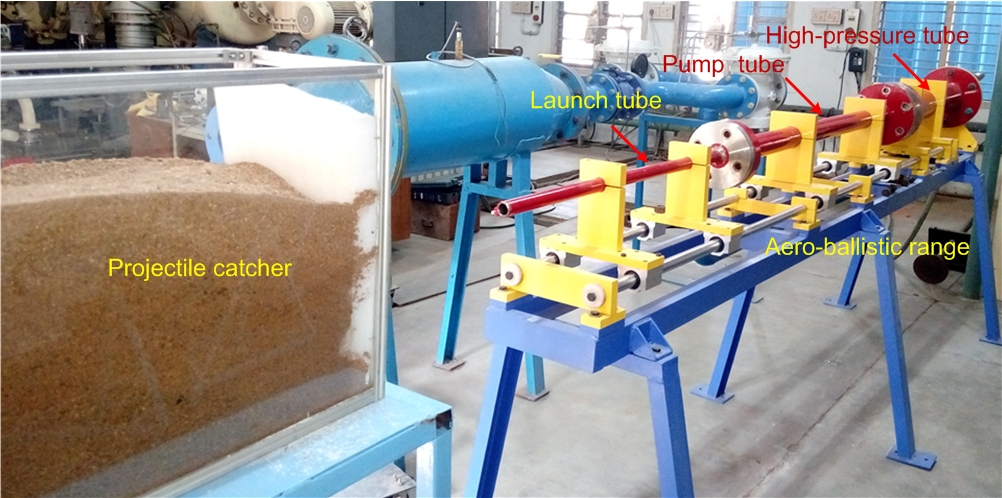
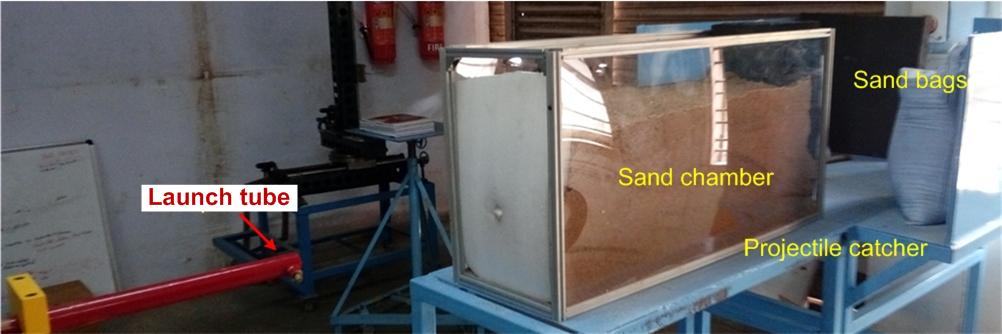
The Vertical Shock Tube is a precision facility developed for investigating shock wave - interfacial dynamics.
It is built with a square cross-section of 90 mm × 90 mm, ensuring uniform shock propagation,
and includes a test section measuring 300 mm × 70 mm for detailed diagnostics and visualization.
The tube can generate planar shock waves with Mach numbers ranging from 1.1 to 1.8,
making it suitable for a wide spectrum of controlled experiments.
Key Features:
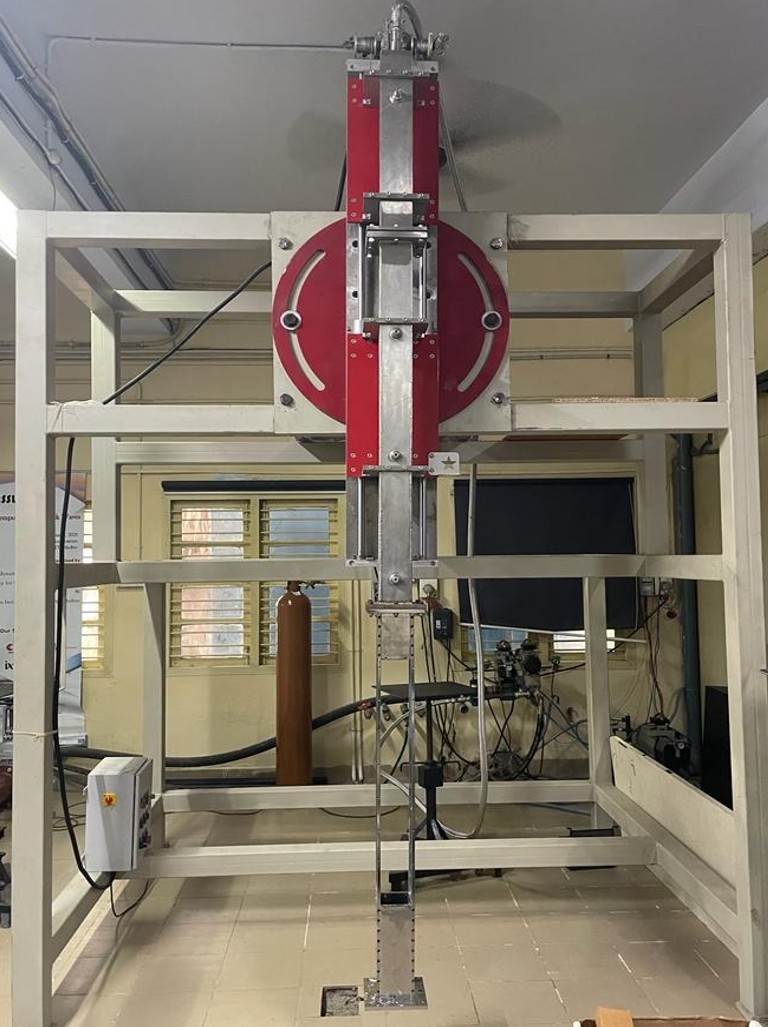
The open jet facility is fed from a 36 cubic meter, 10 bar reservoir. The stagnation chamber pressure is controlled by two pressure regulating valves (PRV) connected parallelly to acheive a maximum flow rate of 2kg/s. Typical tests that are conducted in this facility include, open jet studies in nozzle flow, ejector studies, etc.
Key Features:
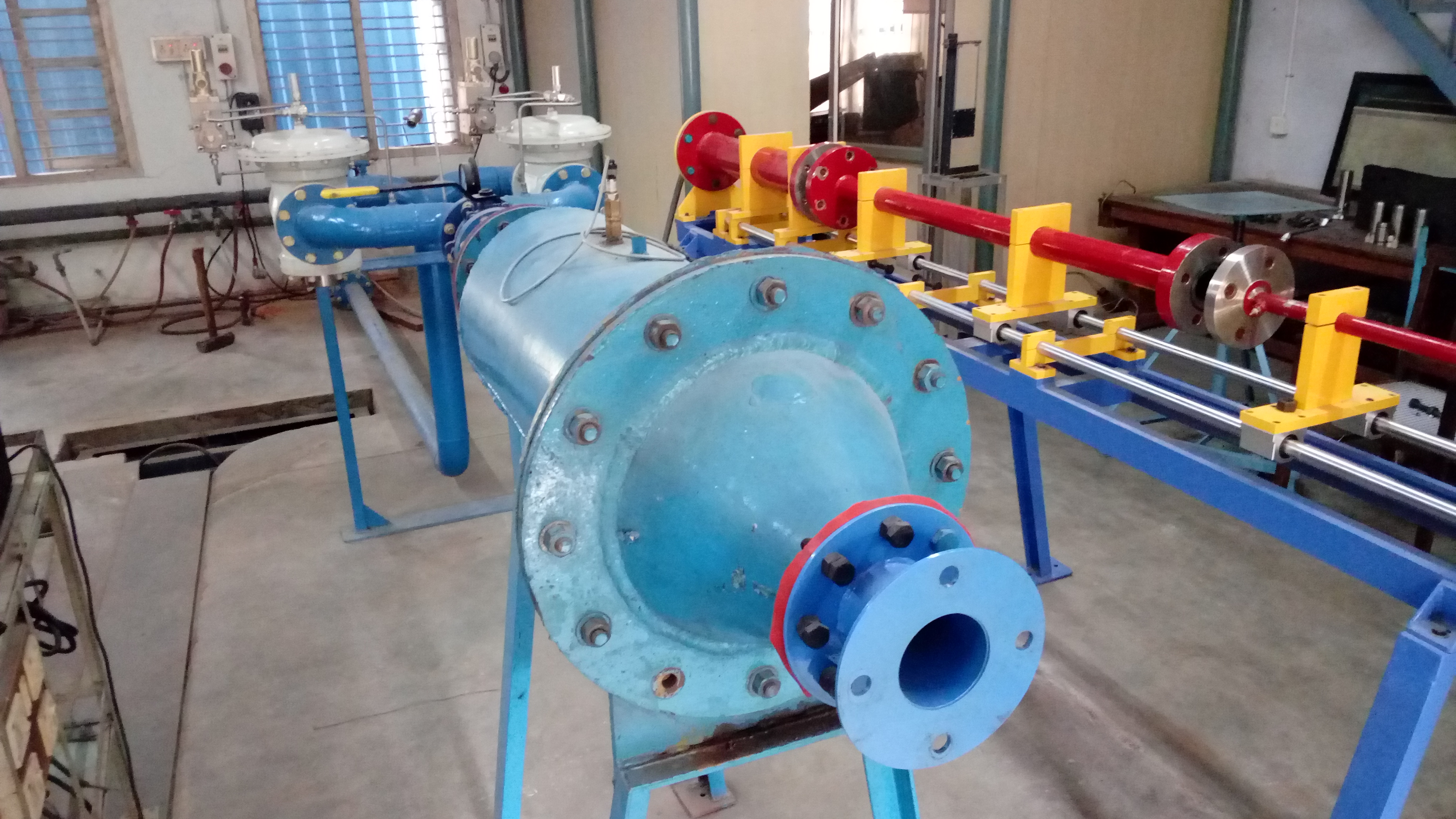
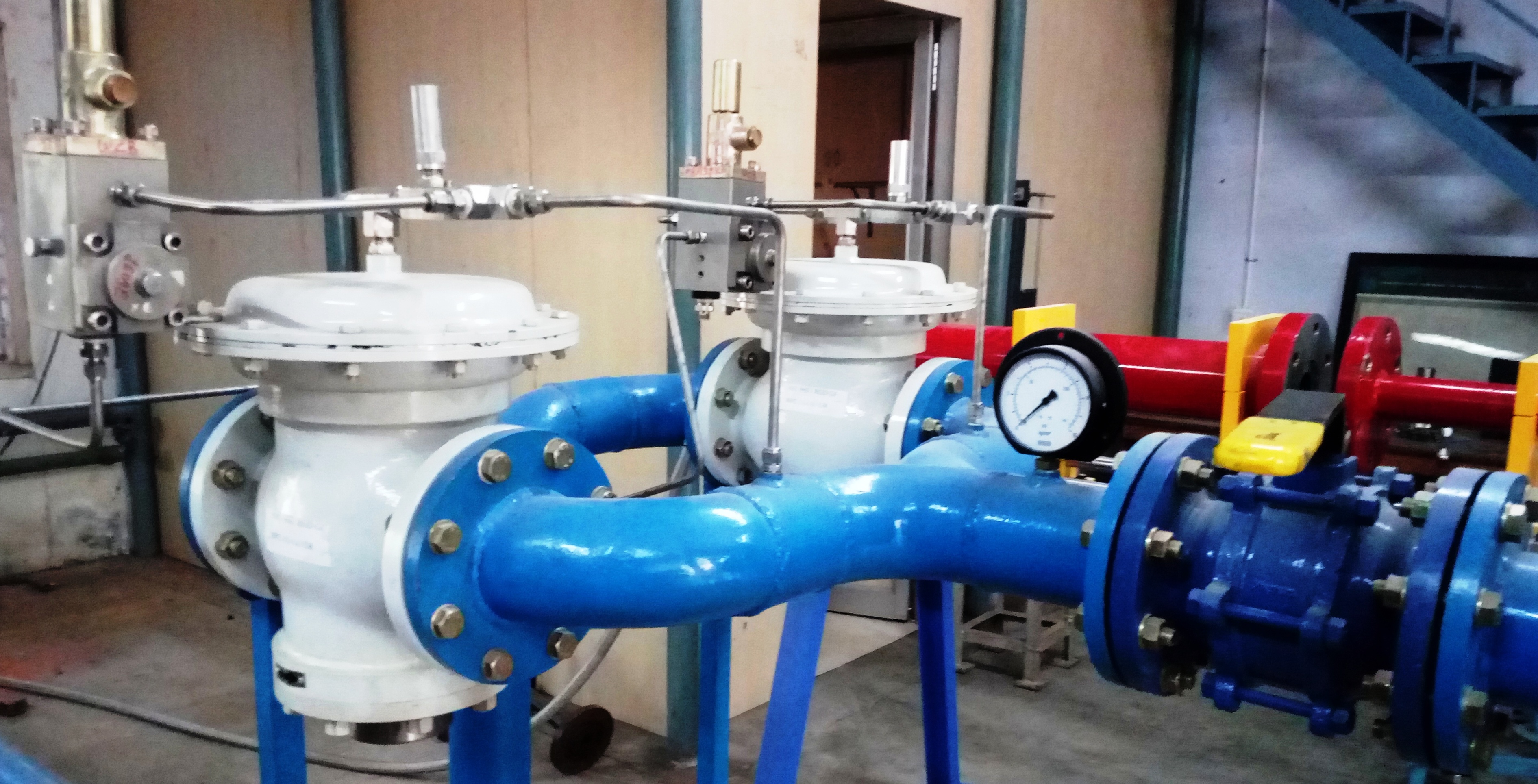
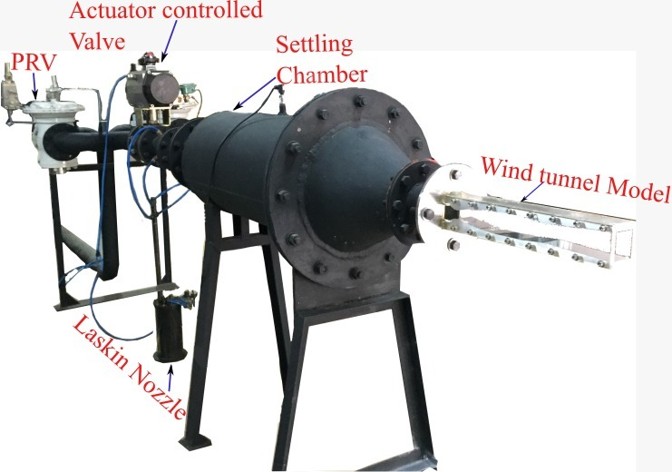
The BHSF lab features a horizontal shock tube with a rectangular cross section of dimensions 100 mm x 225 mm. The shock tube consists of a 1.5 m driver section and a 4 m driven section separated by scored aluminium diaphragm. While the driver section can be compressed up to 30 bar, the driver pressure ratio can be further increased by vaccumizing the driven section. The operating shock Mach number range of the setup is between a shock Mach number of 1.1 and 3. Pseudo-steady and unsteady shock wave reflection behaviour is primarily studied using the facility. Expansion wave diffraction studies can also be investigated using this setup.
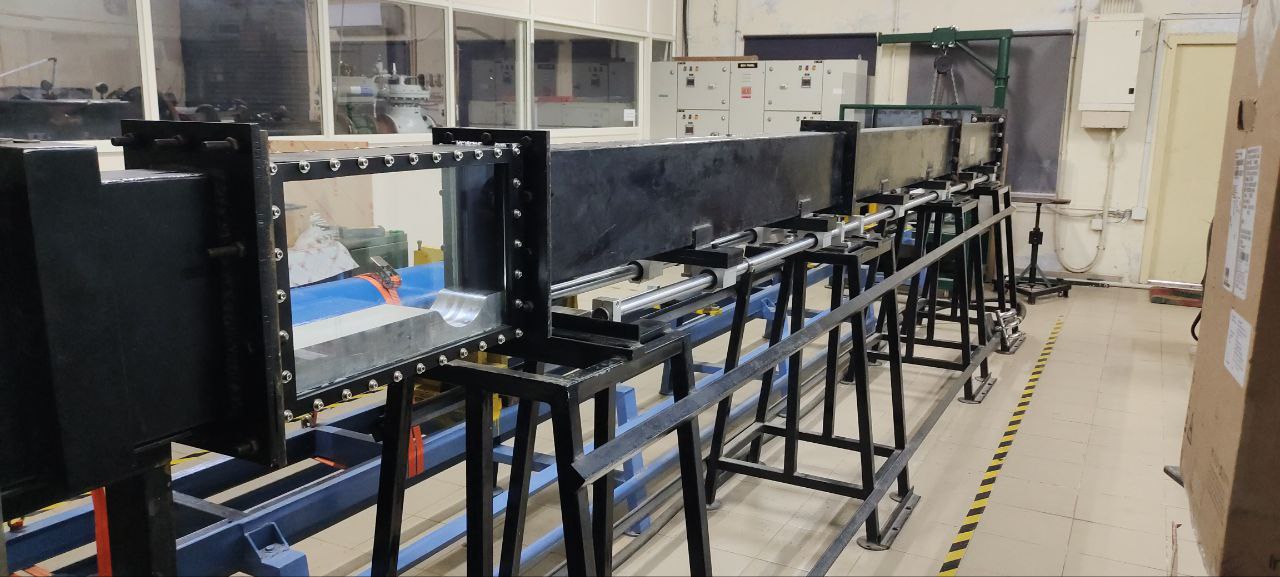
The Supersonic Wind Tunnel is designed to facilitate experimental studies on high-speed aerodynamic phenomena. It features a test section measuring 150 mm × 80 mm, enabling controlled investigations at flow Mach numbers ranging from 2.0 to 3.5. The facility provides a stable and repeatable supersonic flow environment suitable for testing various models and configurations. It supports detailed studies on steady-state shock interactions and reflections over different geometries, allowing researchers to analyze complex shock-boundary layer interactions and flow separation behavior. In addition, the tunnel is equipped for force and moment measurements, enabling precise evaluation of aerodynamic loads on bodies subjected to supersonic flow conditions.
